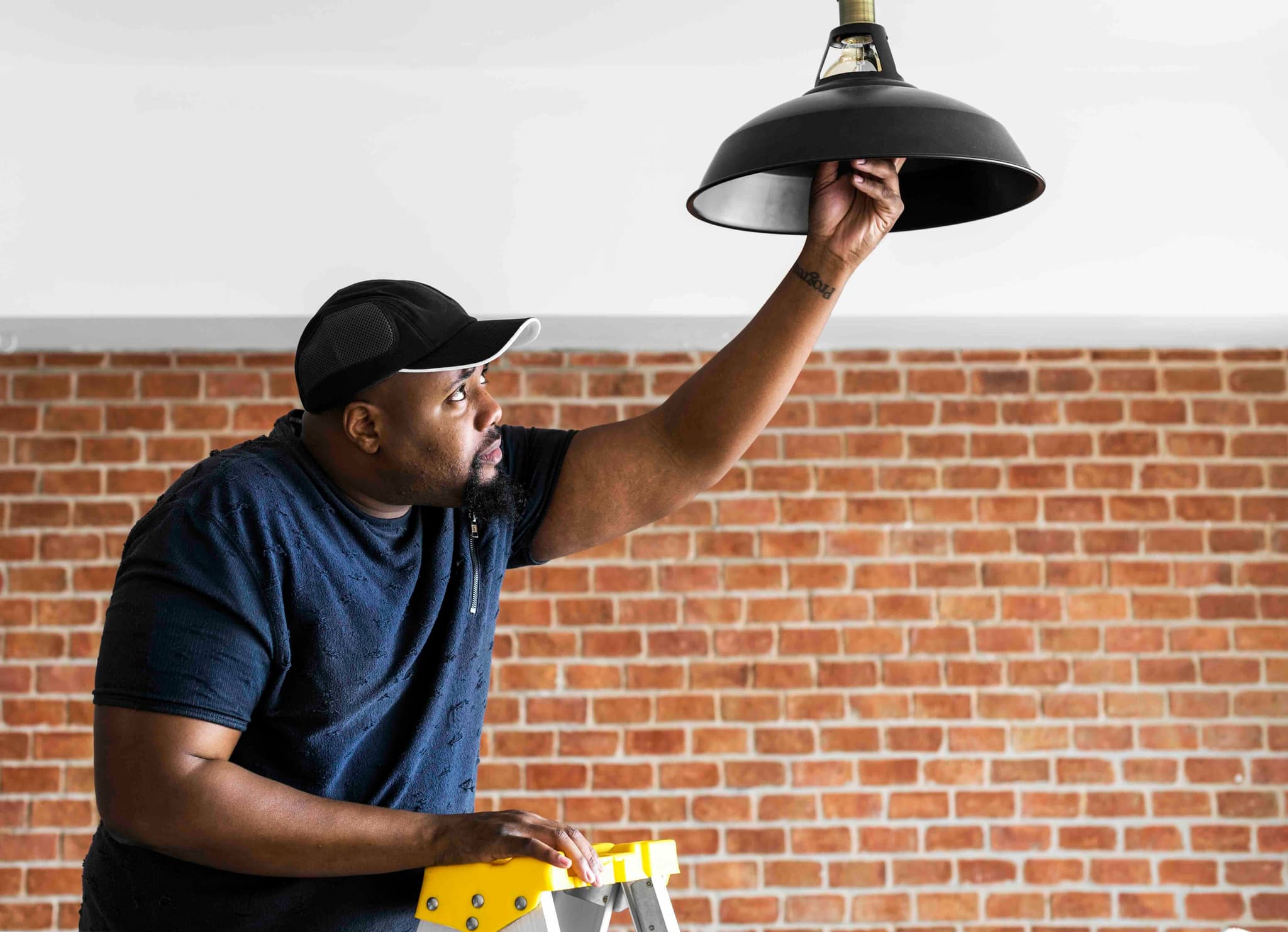
How to Create a Budget for Your Small Business
8 simple steps to make a small business budget, control expenses and grow with confidence in South Africa.
Table of Contents
- Introduction
- Why a small business budget matters
- How to create a budget for a small business
- Step 1: Set clear goals
- Step 2: List all your expenses
- Step 3: Estimate your income
- Step 4: Compare income and expenses
- Step 5: Choose a budgeting method
- Step 6: Use the right tools
- Step 7: Review your budget regularly
- Step 8: Put surplus to work
- Sample small business budget layout
- Making your budget work for your business
Knowing how your business is performing at any moment is one of the most important factors in long-term success. That’s why understanding how to create a budget for a small business is so crucial.
A budget does more than track what’s coming in and going out. It helps you project future revenue and expenses so you can plan realistically. Learning how to create a budget, and then sticking to it, gives you control over cash flow instead of reacting to surprises. Over time, comparing actual results to your budget helps you adjust, stay accountable, and keep financial goals within reach.
If you’re just starting out or running an established operation, the process is the same. A clear budget will help you manage cash flow, prepare for quiet seasons and invest in growth without taking on unnecessary risk.
Here’s a step-by-step guide to how to make a budget for a small business and why it’s one of the most valuable tools you can use to keep your business thriving.
Why a small business budget matters
Running a business without a budget often leads to missed opportunities, unnecessary stress and avoidable cash flow problems.
A budget helps you:
- Keep your small business monthly expenses under control
- Anticipate slow months and plan ahead
- Spot overspending before it becomes a problem
- Allocate funds to the areas that drive growth
If you’re still refining your money habits, check out our guide on 8 Money Management Tips to Boost Your Business for practical everyday strategies.
How to create a budget for a small business
Creating a small business budget doesn’t need to be complicated. The goal is to understand what’s coming in, what’s going out, and how to plan realistically for growth.
Step 1: Set clear goals
Before you put any numbers down, decide what you want your budget to achieve. Are you saving for new equipment? Trying to reduce debt? Preparing to expand?
Your goals will shape every decision you make. Without them, your budget becomes a list of figures with no real direction.
Ask yourself:
- Where do I want my business to be in 6 to 12 months?
- What am I willing to invest in right now?
- How much risk is realistic for my business?
If growing your customer base is one of your goals, you might also want to read How to Boost Sales in Retail for ideas you can put into action straight away.
Step 2: List all your expenses
It’s easy to remember the big ones like rent, salaries and stock, but smaller or irregular costs can quietly drain your profits.
Break your expenses into three categories:
Fixed Expenses: Costs that stay the same each month such as rent, insurance and subscriptions.
Variable Expenses: Costs that change based on activity like inventory purchases, electricity or marketing.
One-Off Costs: Large purchases that happen occasionally like equipment or renovations.
Even a small monthly rainy-day fund can save your business in an emergency.
For more ideas on where you can save, see our article on How to Run a Successful Business.
Step 3: Estimate your income
Now, figure out what’s coming in. If your business is already running, use last year’s numbers as a guide. If you’re new, start with conservative estimates based on your research.
Include all income sources:
- Sales from products or services
- Rental income if applicable
- Additional services like consulting or training
If you’re an iKhokha merchant, the iKhokha App makes tracking this simple, giving you real-time sales data to guide your decisions.
Step 4: Compare income and expenses
Once you’ve got your income and expenses, the formula is simple:
Income minus Expenses = Surplus or Deficit
- Surplus: You’re earning more than you spend which means you can reinvest, save or pay off debt
- Deficit: You’re spending more than you earn. It’s time to cut costs or increase revenue
Need ideas to increase revenue? Read our guide on How to Market Your Business Online for budget-friendly strategies.
Step 5: Choose a budgeting method
There’s no one-size-fits-all approach. The best budget is the one you’ll actually stick to:
- Incremental Budgeting: Adjust last year’s figures to reflect changes
- Zero-Based Budgeting: Start from scratch and justify every expense
- Flexible Budgeting: Update regularly as your sales and expenses change
Most small businesses in South Africa find flexible budgeting works best, especially when dealing with seasonal changes.
Step 6: Use the right tools
You don’t have to rely on manual spreadsheets unless you want to. Try:
- Zoho Books: For invoicing and expense tracking
- Syft Analytics: Free insights for South African businesses
- Google Sheets: Free, customisable and easy to share
If you’re already with iKhokha, your iK Dashboard gives you instant visibility on sales, payouts and trends.
Step 7: Review your budget regularly
Your budget should grow and change with your business. That’s why a monthly review is essential.
Ask yourself:
- Am I meeting my income targets?
- Are my expenses creeping up?
- Do I need to adjust spending for seasonal trends?
Step 8: Put surplus to work
A surplus isn’t just money to sit in your account. Use it to strengthen your business:
- Upgrade outdated equipment
- Increase marketing efforts
- Expand your product line
If you need an extra push to make these investments, iK Cash Advance offers quick, sales-based funding without long waits.
Looking for inspiration on where to invest? Check out our blog on Unique Business Ideas in South Africa.
Sample small business budget layout
Here’s a basic monthly budget format you can adapt:
Income
- Sales: R25,000
- Services: R5,000
- Total Income: R30,000
Expenses
- Rent: R8,000
- Salaries: R10,000
- Utilities: R1,500
- Marketing: R2,000
- Stock purchases: R4,000
- Miscellaneous: R500
- Total Expenses: R26,000
Net (Income minus Expenses): R4,000 surplus
Making your budget work for your business
Budgeting isn’t about limiting your business. It’s about giving yourself the clarity to make smart decisions, invest wisely and grow without fear of nasty surprises.
When you know your numbers, you can adapt faster, seize opportunities and build a business that lasts.





















